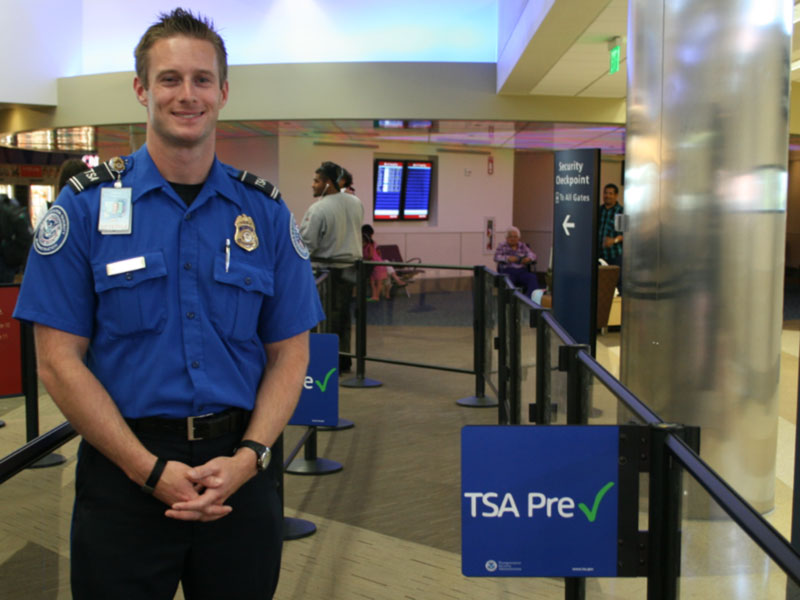

What GAO Found The Transportation Security Administration (TSA) has taken steps to enhance its foreign airport assessments and air carrier inspections since 2011, including aligning resources based on risk, resolving airport access issues, making evaluations more comprehensive, and creating operational efficiencies. For example, TSA has implemented targeted foreign airport assessments in locations where risk is high and developed the Global Risk Analysis and Decision Support System to strengthen data analysis.
The program is a practical, supply chain solution, which provides security while ensuring the flow of commerce. Certified cargo screening facilities must carry out a TSA approved security program and adhere to strict chain of custody requirements. Network Security And Management By Brijendra Singh here. The program is a practical, supply chain solution, which provides security while ensuring the flow of commerce. Certified cargo screening facilities must carry out a TSA approved security program and adhere to strict chain of custody requirements.
In addition, TSA has increased the number of joint airport assessments with the European Commission. Specifically, TSA officials GAO met with indicated that TSA's strong relationship with the European Commission has afforded the agency excellent access to foreign airports in Europe and a better understanding of vulnerabilities at these locations, which has resulted in more comprehensive assessments. In its analysis of TSA foreign airport assessment results, GAO found that during fiscal years 2012 through 2016 there was considerable regional variation among last point of departure airports in the level of compliance with select International Civil Aviation Organization security standards and recommended practices. Electronica De Comunicaciones Manuel Sierra Pdf.
TSA attributed this regional variation to lack of airport resources or technical knowledge, among other factors. TSA officials also stated that while these challenges are not easy to overcome, agency efforts, such as training host country staff, can help foreign airports reduce their vulnerability scores over time. GAO's analysis of TSA's foreign airport assessment data confirmed that point by demonstrating that most foreign airports categorized with poor vulnerability ratings in fiscal year 2012 improved their vulnerability score in at least one follow-up assessment during fiscal years 2012 through 2016. Meanwhile, U. Torrent Tv Player 1.7 there. S. And foreign-flagged air carriers providing last point of departure service to the United States from foreign airports complied with all TSA security requirements in most inspections, and TSA was able to resolve the majority of security deficiencies it identified with on-the-spot counseling.
In some cases, TSA inspectors submitted violations for investigation because the violations were considered serious enough to potentially warrant an enforcement action. TSA addresses identified deficiencies at foreign airports through capacity development, such as training and on-the-spot counseling. However, GAO found that TSA's database for tracking the resolution status of security deficiencies did not have comprehensive data on security deficiencies' root causes and corrective actions. In addition, the database lacked adequate categorization mechanisms. For example, while it captures three broad categories of root causes (e.g., lack of knowledge) it does not capture subcategories (e.g., supervision) that would better explain the root causes of security deficiencies. Fully collecting these data and improving the specificity of categorization would help TSA strengthen analysis and decision making. For example, TSA would be better positioned to determine the extent to which airports that received particular types of capacity development assistance were able to close security vulnerabilities.